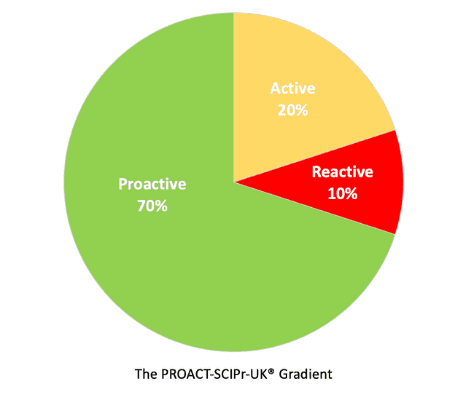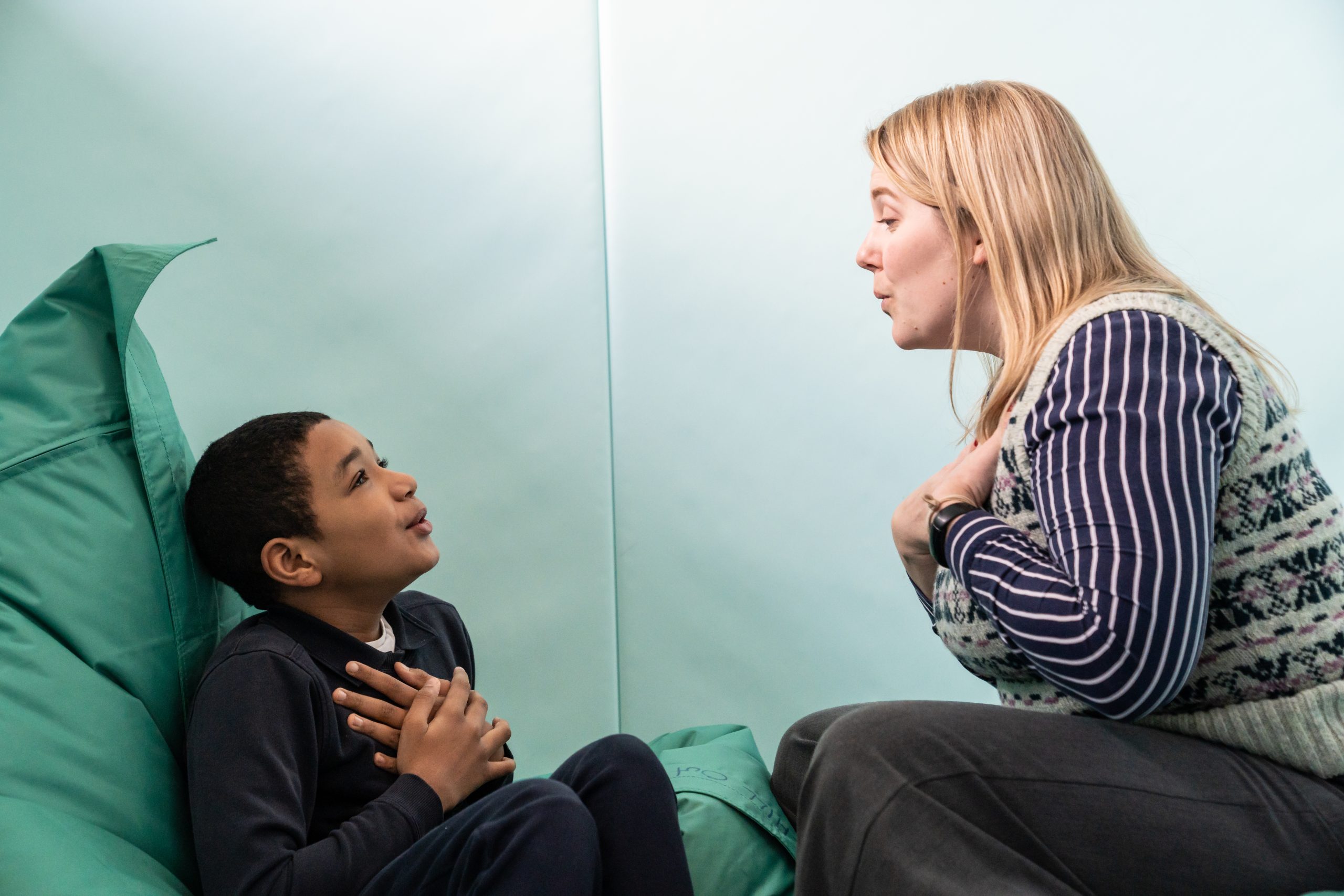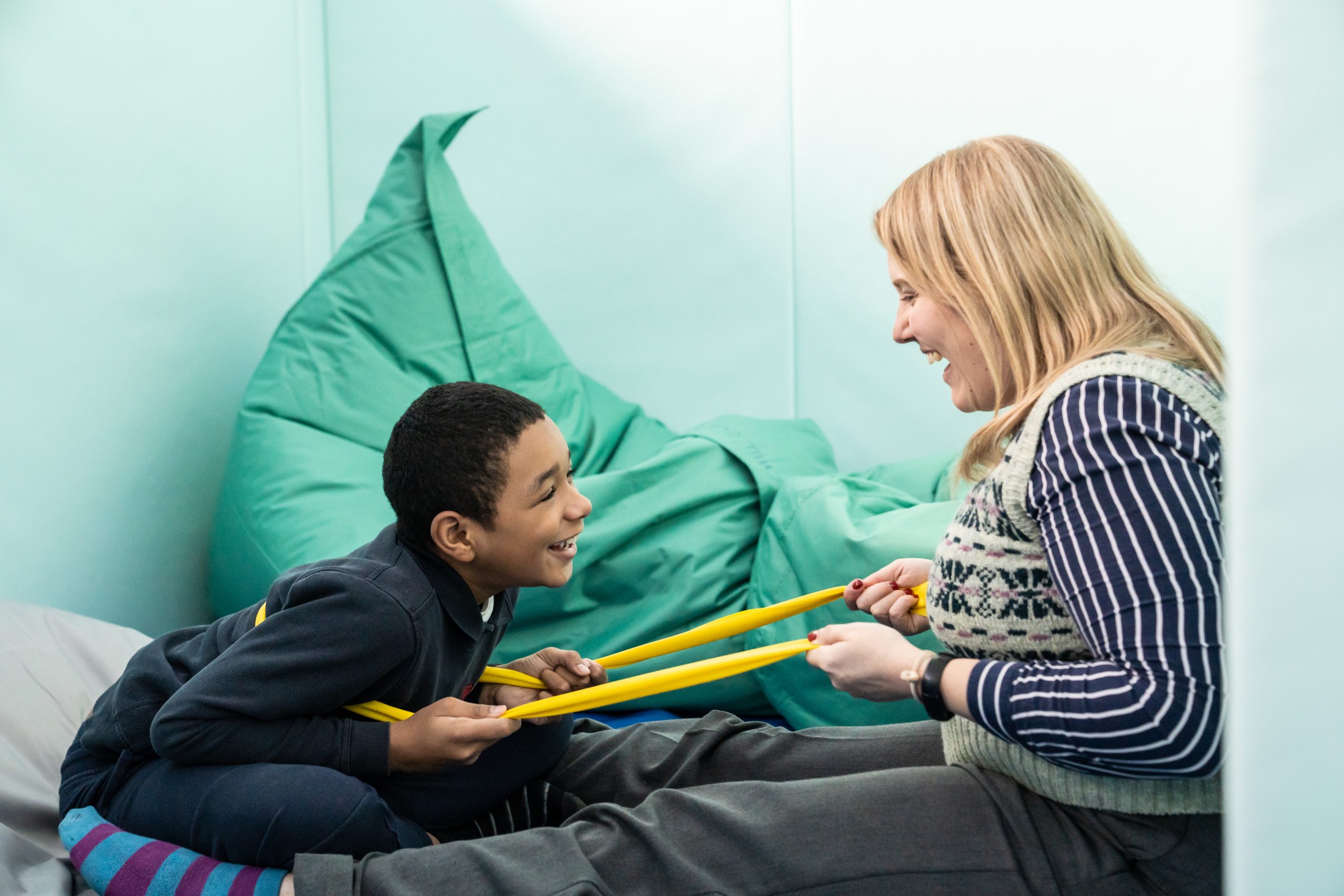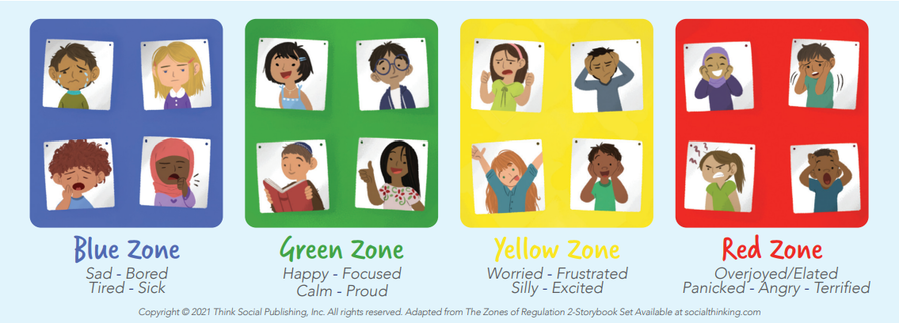Behaviour As Communication
Communication
As stated previously communication is such an important part of our pupils lives and something that they can find the most difficulty with. Communicative difficulties can also play a big part in behaviour that challenges . At Red Gates we aim to support pupils communication needs so that they can communicate with us appropriately instead of resorting to challenging behaviour which can come from frustration of not being understood.
Positivity
At Red Gates we take a positive approach to behaviour support and aim to reinforce positive behaviour rather than sanction negative behaviour. We use reward charts, certificates, wows and positive notes in home school books to promote and reward positive behaviour. When negative behaviour does occur we use strategies such as distraction, planned ignoring and movement breaks as part of our behaviour support.
What behaviour support programme do we use at Red Gates?
At Red Gates School we have used PROACT-SCIPr-UK® for over 10 years. It is a system that was first developed in New York and has been revised by the Loddon School and is now nationally recognised and implemented throughout the UK. It is specifically promoted and accredited by the British Institute of Learning Disabilities (BILD).
The focus of this programme is to assist individuals to maintain self-control, to enable all staff working with people with learning difficulties and behaviours that challenge to engage in proactive methods of positive behaviour support.
PROACT-SCIPr-UK® emphasises a proactive rather than reactive approach to behaviours and integrates entirely with individualised person-centred planning and visual communication advocated by Red Gates.

The PROACT-SCIPR-UK® gradient is helpful in outlining how much of the techniques and training are directed to different strategies.
70% – Proactive Strategies which would include independent community choices, relationship building, substitute skills, environmental modifications.
20% – Active using Positive Techniques including positive reinforcement, addressing immediate needs, teachable moments.
10% – Reactive using calming techniques, physical interventions, behaviour plans and consequences.
Understanding Behaviour
All behaviour has a purpose and at Red Gates we work on understanding behaviour and the functions behind it. Underpinning the school’s values is a comprehensive understanding of the link between behaviour and communication, recognising that behaviour is communication. Through proper interpretation, understanding, meeting needs and enabling children to communicate their needs and desires effectively, it is possible to reduce challenging behaviours.
We like to liaise with parents and carers regarding behaviours to try and work out why a child may be displaying them. Sometimes behaviour can be down to changes in routine, discomfort/pain, illness etc. Our aim is to support the child to meet their needs before they resort to any challenging behaviour.
We also complete a Functional Analysis which consists of data gathering, recording and a questionnaire to give a definitive purpose behind the behaviour. This will then help us to tailor specific strategies for each child on an individualised basis.

Behaviour Support Documents
All pupils at Red Gates have a Behaviour Support Document. There are three levels of document based on the support requirements needed for each pupil. The documents use the PROACT-SCIPr-UK® gradient to clearly outline which area the strategies fall into.
Behaviour Support documents are reviewed termly by the Class Team/Behaviour Team and are discussed and agreed by parents. BSN and BSP’s are shared with Transport and ensure that consistent strategies are being used by all staff that work with each pupil.
The three types of Behaviour Support Documents are as follows;
Behaviour support Considerations: BSC’s are used for pupils which display low levels of behaviours that challenge. Strategies within these documents fall exclusively in the Green / Proactive zone and are broken up into Environmental, Skills teaching and Direct intervention categories.
Behaviour Support Needs: BSN’s are used with pupils that may move into a more active phase with their behaviour. These require more clearly outlined strategies for when they are beginning to escalate challenging behaviours.
The documents more clearly outline possible behaviours that a pupil may show and what they are communicating through those behaviours.
The strategy portion of the document contains the Green/Proactive zone with it’s Environmental, Skills Teaching and Direct intervention categories. BSN’s additionally have a Yellow/Active zone and provide instructions for how to de-escalate more challenging behaviours and teach coping skills/redirection strategies to support pupils.
Behaviour Support Plans: BSP’s are used for pupils that may go into crisis and cause harm to themselves or others. A functional analysis will have been used to discern the function behind their most restrictive behaviour and will be used to support in the writing of the plan.
The document will clearly outline how a pupil may present when they are in their baseline, active and crisis emotions and what they may be communicating through those behaviours.
The strategy portion of the document contains the Green/Proactive zone with it’s Environmental, Skills Teaching and Direct intervention categories. The Yellow/Active zone and instructions for how to de-escalate more challenging behaviours and teach coping skills/redirection strategies to support pupils. Additionally the BSP’s have a red/crisis zone which focuses exclusively on de-escalation and keeping everyone safe while the pupil is in crisis. This section will outline any physical interventions agreed with parents which are to be used as a last resort. Parents will be informed the same day if pupil has gone into crisis and required any restrictive interventions as detailed in the Physical Intervention and Recording section below.
Communication
As stated previously communication is such an important part of our pupils lives and something that they can find the most difficulty with. Difficulties in communication can play a big part in pupils communicating distress through behaviours that challenge. At Red Gates we aim to support pupils communication needs so that they can communicate with us appropriately instead of resorting to challenging behaviour which can come from the frustration of not being understood.
The Behaviour Team, works closely with class teams, SaLT and the Communication Support Assistants to ensure that classes have the strategies and resources required to support pupils communication.
Positivity
At Red Gates we take a positive approach to behaviour support and aim to reinforce positive behaviour rather than sanction negative behaviour. We use reward charts, certificates, wows, praise in the moment and positive notes in home school books to promote and reward positive behaviour. When negative behaviour does occur we use strategies such as distraction, planned ignoring and movement breaks as part of our behaviour support.
Positivity
At Red Gates we take a positive approach to behaviour support and aim to reinforce positive behaviour rather than sanction negative behaviour. We use reward charts, certificates, wows, praise in the moment and positive notes in home school books to promote and reward positive behaviour. When negative behaviour does occur we use strategies such as distraction, planned ignoring and movement breaks as part of our behaviour support.
Chill Out Rooms
At Red Gates we have 3 specially designed chill out rooms which help provide a low stimulation calming environment for pupils which may be becoming overstimulated or showing signs of distress. These rooms are fully padded and equipped with beanbags, LED lighting and an integrated sound system through which relaxing sounds/music can be played.
The rooms provide a safe and calm environment in which 1:1 sensory input can be provided or a pupil may take the opportunity to simply relax and self-regulate.

Physical Intervention and Recording
PROACT-SCIPr-UK® provides a structure of support that minimises the use of physical intervention. Such interventions, when used, strictly adhere to the code of practice outlined in the Department for Education and Skills ‘Valuing People’, (July 2002), and British Institute of Learning Disabilities ‘Code of Practice’, (2010).
PROACT-SCIPr-UK®’s whole approach curriculum has been certified as complying with the Restraint Reduction Network Standards (RRN)
PROACT-SCIPr-UK® and Red Gates have a policy that entails only using physical interventions as a last resort and if one is necessary to keep the child, other pupils and staff safe. We have a rigorous recording policy and record when physical interventions have been used. When restrictive interventions have needed to be used it is our policy that parents will be phoned the same day that the intervention occurred. During the phone call you will provided with the context that the intervention occurred in as well as the length of time the intervention was used for. We can also use this opportunity to discuss any changes in behaviour or routines that you may seeing at home.
Planned physical interventions are listed on Behaviour Support Plans, discussed with parents and recorded. If they are used parents will be called the day that the incident occurred to discuss.
Sensory Support
Our pupils can have difficulty with sensory processing which can lead to behaviours that challenge. At Red Gates we aim to support our pupils with their sensory processing through the use of chewies, weighted blankets, sensory diets, the use of swings and playground equipment, sensory circuits etc.
These strategies are put in place with the advice and support of our OT team.
Understanding Emotions
Emotions are complex and being unable to express how they are feeling can lead to pupils communicating distress in more challenging ways. We have begun using the Zones of Regulation framework and curriculum (Kupers,2011) to teach pupils to understand how they are feeling.
Once pupils understand their feelings and the zones, they can learn to use tools/strategies to manage their different Zones in order to meet goals like doing schoolwork or other tasks, managing big feelings, and healthy relationships with others. The simple, common language and visual structure of The Zones of Regulation helps make the complex skill of regulation more concrete for pupils and those who support them.

